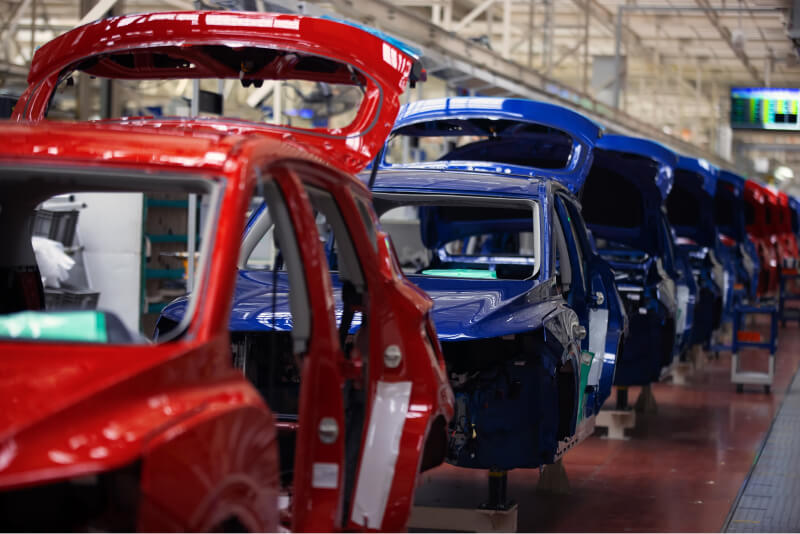Germany's Green Revolution: Hydrogen Buses Set to Drive Sustainable Urban Transport
Key Ideas
- Germany's hydrogen bus market is projected to reach USD 2.4 billion by 2035, with a 7.1% CAGR, driven by the government's commitment to sustainability and decarbonization.
- Proton Exchange Membrane Fuel Cells (PEMFC) are key in the growth, offering high efficiency for urban bus systems, supported by expanding hydrogen infrastructure.
- Government subsidies and policies, like the National Innovation Program, are reducing ownership costs and accelerating the adoption of hydrogen buses in German cities.
- Different fuel cell technologies and bus models cater to varied needs, from urban routes to long-distance travel, contributing to the industry's growth and diversification.
Germany's hydrogen bus market is witnessing substantial growth prospects, with projections indicating a market value of USD 2.4 billion by 2035, propelled by a steady compound annual growth rate of 7.1% from 2025. The country's emphasis on reducing emissions and embracing cleaner transportation solutions has elevated the demand for hydrogen buses as an eco-friendly alternative to diesel-powered vehicles. Government regulations and incentives play a pivotal role in fostering the hydrogen infrastructure's development, which, in turn, fuels market expansion. Germany's bold steps towards decarbonizing its public transport system, coupled with its robust automotive industry, position the nation as a frontrunner in hydrogen fuel cell technology, significantly contributing to the adoption of hydrogen buses.
The integration of hydrogen technology into public transport aligns with Germany's broader sustainability goals under the European Union's Green Deal. This strategic shift aims to combat urban air pollution and reduce reliance on fossil fuels, driving the transition towards greener transport solutions. Key trends shaping the market include the increasing adoption of Proton Exchange Membrane Fuel Cells (PEMFC) in hydrogen buses, the development of hydrogen refueling infrastructure, and substantial government support through initiatives like the National Innovation Program for Hydrogen and Fuel Cell Technology.
The article also delves into the analysis of different fuel cell technologies like Direct Methanol Fuel Cells (DMFC), Phosphoric Acid Fuel Cells (PAFC), and Solid Oxide Fuel Cells (SOFC), highlighting their applications and potential in the hydrogen bus segment. Moreover, the segmentation based on power output and transit bus models reveals the versatility of hydrogen buses in catering to various operational needs, from smaller urban buses to large-capacity long-distance vehicles.
The industry-wide growth trends underscore a positive outlook for hydrogen buses, with robust CAGRs projected for technologies, infrastructure development, and large-scale bus models in the upcoming decade. Despite market concentration, Germany's hydrogen bus sector welcomes competition from global and local players, fostering innovation and advancements in fuel cell technology, infrastructure, and vehicle manufacturing.
Topics
Fuel Cells
Public Transit
Clean Energy
Sustainability
Automotive Industry
Transportation
Government Support
Market Growth
European Union
Latest News
